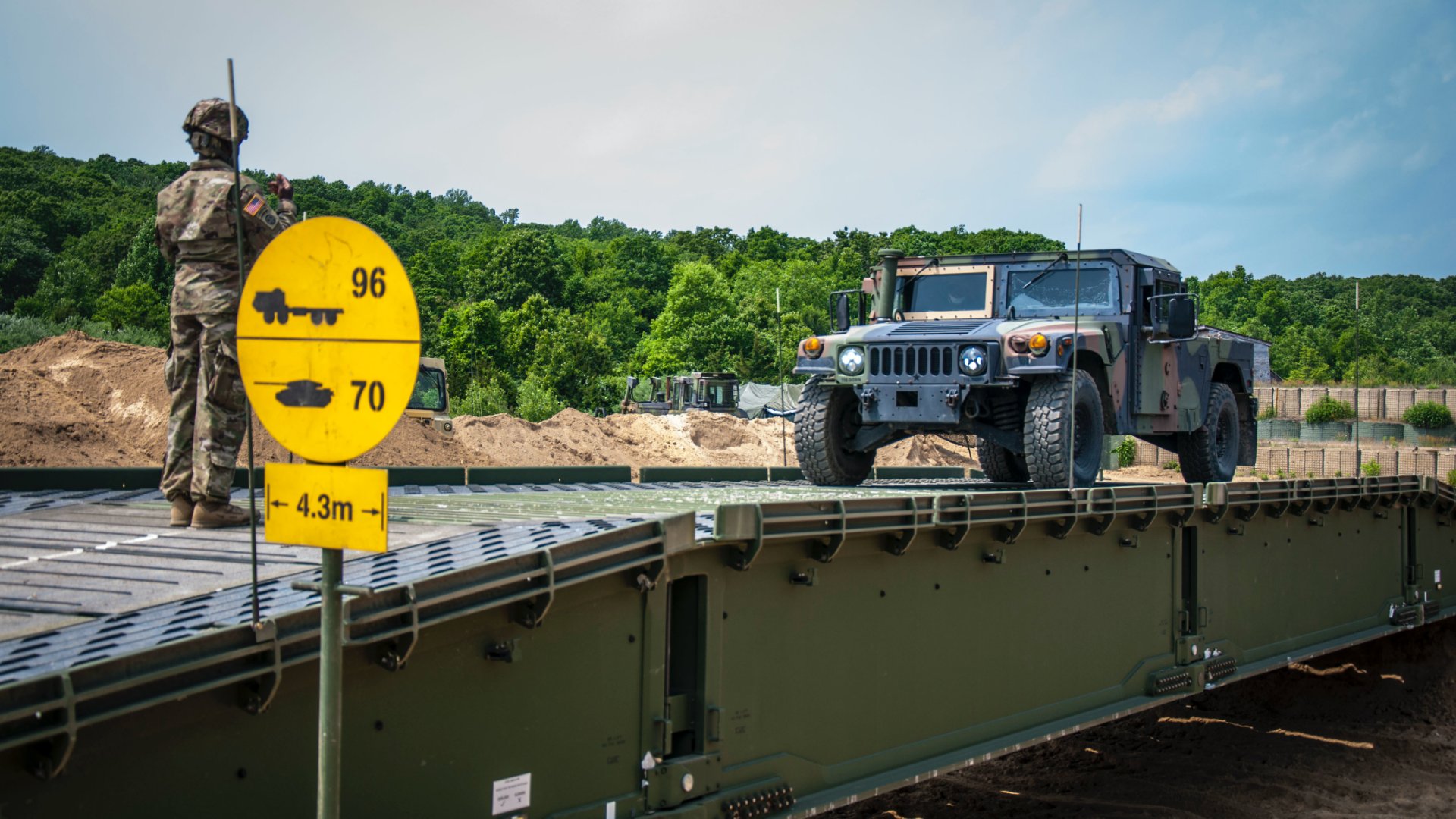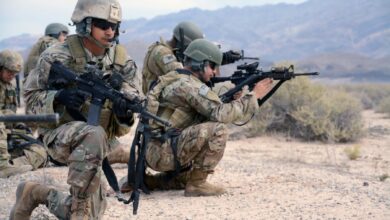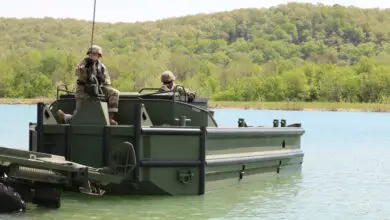The UK Ministry of Defence has awarded land systems developer KNDS a contract to supply military-grade general support bridges for the British Army.
The 150-million-pound ($188.4 million) agreement will see the company deliver solutions based on its proprietary Dry Support Bridge variant.
The 46-meter (150-foot) system can be used by ground vehicles to move across wet and dry gaps.
The bridging platform can also carry the weight of the army’s future Challenger 3 main battle tank slated to operate until the 2040s.
Once delivered, the new support bridges will be mounted onto Rheinmetall MAN Vehicle military trucks and replace the army’s present BR90 ABLE systems.
Project Tyro
The contract is part of the UK’s Project Tyro to amplify the mobility performance of ground forces, including the Armored Brigade Combat Teams, and their corresponding equipment.
Project Tyro is also expected to sustain convenient and rapid resource sharing between allies during deployments and joint exercises.

“We are delighted that the British Army will join the ever-growing community of Dry Support Bridge users,” KNDS UK Managing Director Ian Anderton stated.
“The Dry Support Bridge is a proven capability that is manufactured in the UK and exported globally. Project TYRO also marks over 50 years as a prime contractor to the UK [Ministry of Defence] and we remain very proud to support the UK Defence Capability.”
Securing Jobs, NATO Interoperability
During the program, the UK defense agency expects to secure approximately 300 jobs across the country.
“This is a fantastic example of this government delivering on our Land Industrial Strategy – investing in UK industry and delivering world-class bridging capabilities to our Armed Forces,” UK Defence Procurement Minister James Cartlidge said.
“Securing hundreds of jobs… this contract is a crucial step forward in our military capability, improving interoperability with our NATO allies as we work closer together.”












